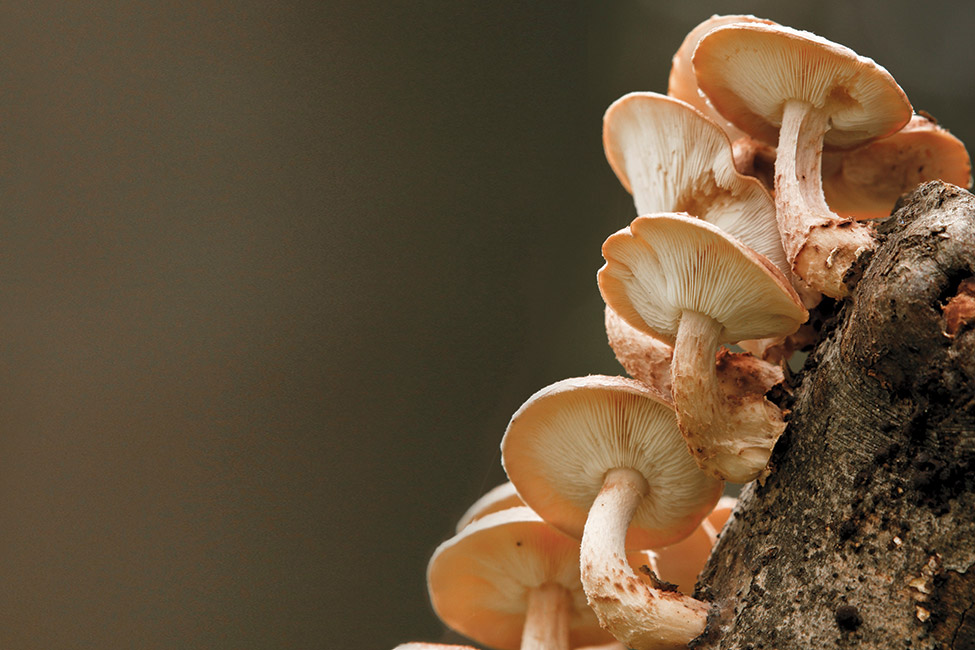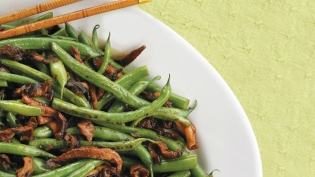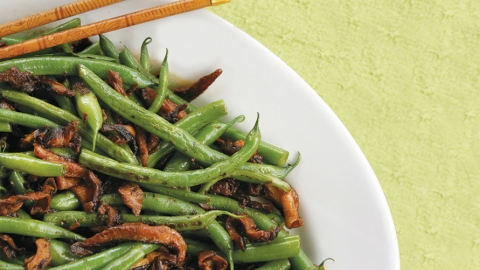How to Grow Tasty Shiitake Mushrooms
How to Grow Tasty Mushrooms
Growing shiitake mushrooms requires hardwood and blind faith.
I taught myself how to grow them back in 2001 using a guidebook called Growing Shiitake Mushrooms in a Continental Climate by Mary Ellen Kozak and Joe Krawczyk. It is a well-written book, but the process of preparing shiitake logs is odd for someone accustomed to dirt and seeds, and every step of the way I questioned how the method could possibly work.
I followed it to the letter, however, and the mysterious ways of fungi took their course in spite of my doubts. And though they were unaware the whole time, I had a tumultuous relationship with Joe and Mary Ellen, too. In a pre-YouTube era, I had nothing to go on but their text and diagrams. A year of my life was spent drilling, hauling and waiting—and success was anything but assured.
The shiitakes mostly started as an afterthought. When my husband and I first moved to our farm in 2000, we had a lot of trees to clear from an old abandoned field. With Eric on his chainsaw and me with a huge chipper, we went to work on the two acres and after several months had mountains of timber, firewood and chips. We were all set for heat and mulch for years, but I wanted to find something a little more creative to do with the limbs of the trees that were my daily job to chip.
After doing a little research I discovered that the Japanese have cultivated shiitake mushrooms on hardwood logs for centuries. The four-inch to eight-inch-diameter limbs were the ideal size I would need for the project. I was new to organic farming in general so taking on this unusual endeavor seemed no more or less intimidating than any of the other crops I was trying on my own for the first time. It was then that I found Joe and Mary Ellen’s guide and read it for the first time. None of it made any sense.
The fact that a seed planted will grow and create food or flower is miraculous enough, but most of us are at least familiar with the process. Fungi are in an entirely different kingdom from Plantae and their lifecycle, to me, is quite perplexing. Unlike planting a seed that you can see and hold in your hand, shiitakes are grown from microscopic spores that present themselves as a colony of spongy, white fuzz.
Instead of comforting and familiar soil, you “plant” into wood—a substrate that seems as unlikely as a rock to grow anything edible. And then, to ultimately test your trust and patience, you have to wait a year to see if you did it correctly. There is no fertilizer to apply, no weeding necessary, nothing you can actively do but hope that under the bark the fungi is doing what you set it there to do.







